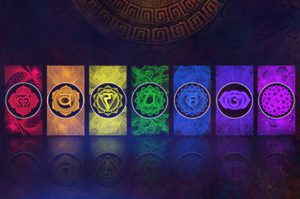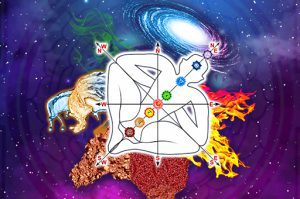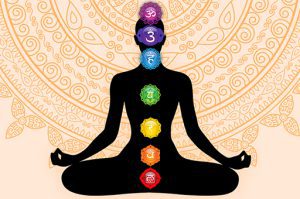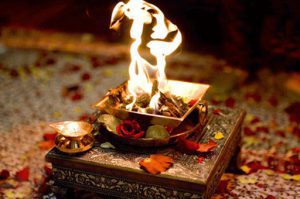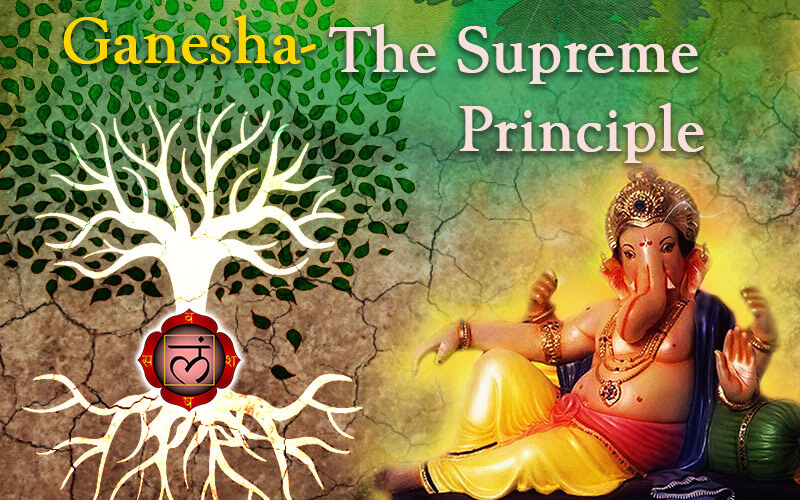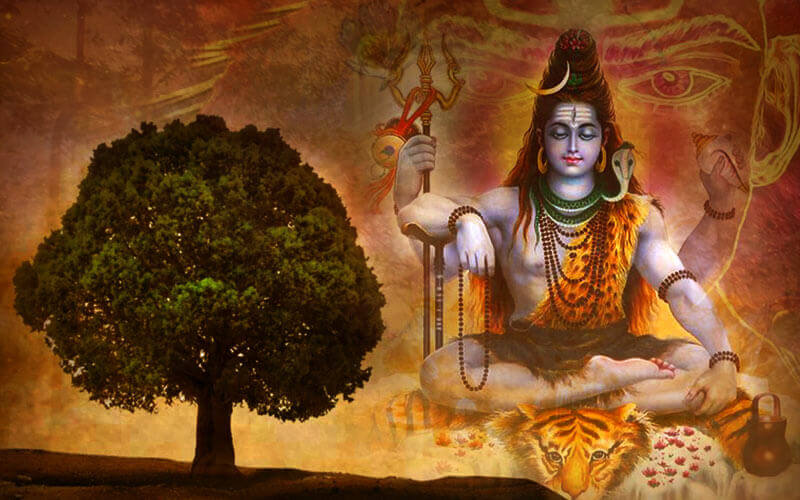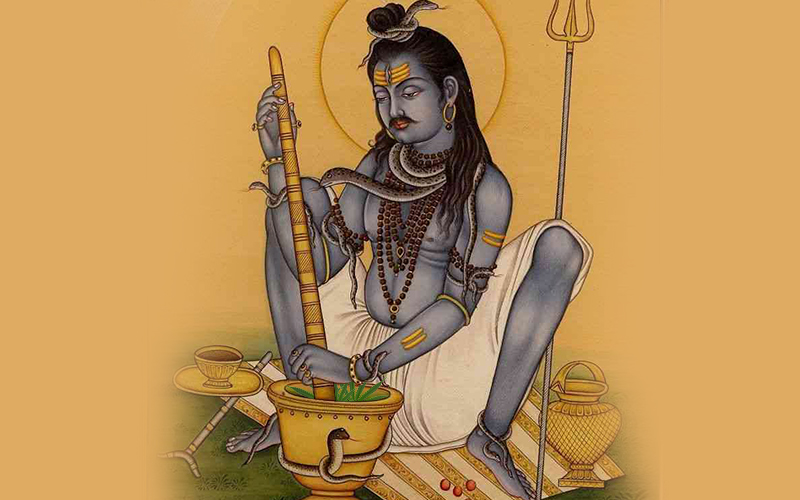
Bhang has long been connected with Lord Shiva in the way He is portrayed in pictures, paintings and many other artistic expressions. There are references to this connection in the holy Hindu scriptures as well. And there is a practice of drinking bhang during large and important Hindu festivals such as Holi or Maha Shivratri, where individuals try to achieve that sense of closeness with the Divine by whatever means available. On this blog entry we will see why this is so and most importantly, what is the reason behind this long held tradition.
What is Bhang?
Originating in Central Asia and the Indian subcontinent, bhang is a cannabis preparation that is set through a time-consuming and tedious procedure, which is why most Indian people prefer to buy their bhang ready to use rather than crush and combine the leaves themselves. It is served cold as a milkshake (thandai), which also contains various other spices to make the drink more appealing.
What the Holy Hindu Scriptures Say about Bhaang?
The Vedic texts describe how Lord Shiva used bhang to turn inwards and acquire ultimate command over His senses, but they also warn that He is the only one who is capable of doing so, therefore we mortals should avoid even attempting it since the outcome would be different. There is no prescription for individuals to take bhang in any of the old Hindu scriptures. It is also not recommended for Lord Shiva’s worshippers. In reality, there is no proof of Shaivite saints and monks consuming bhang.
Nonetheless, several tales in the puranic scriptures may be traced back to provide some explanation to this long-held link between bhang and Lord Shiva. The Samudra Manthan incident is the most widely recognized. When the gods and demons joined forces to churn the ocean in order to get Amrita, the drink of immortality, one of the byproducts was the poison Halahal, the deadliest poison in the cosmos, the vapors of which could kill both gods and demons. When no beings or gods could withstand the burning heat of the poison coming out from the ocean, Shiva just gathered it and devoured it to preserve the three realms.
Lord Shiva drank this poison to protect everyone, and was later offered bhang to cool down his throat, which was retaining the venom, as His consort Goddess Parvati, hard-pressed on Shiva’s throat to stop the venom coming down through His body, and this is how Lord Shiva’s neck became blue in color, and He is also known as Neelkanth since then. Lord Shiva was the only God able to consume the venom saving the entire creation and later on is the throat chakra known as the energy center associated to the ability to filter any negative substance or element going down thorough the body (and mind).
According to another puranic story, once upon a time, Lord Shiva had an argument with Parvati and he left home in huff and wandered off into the Himalayan woods. Tired and depleted, he slept under a plant. When he awoke, he was hungry, so he ate some of the leaves of that plant. He had an immediate sense of renewal of mood from angry to happy and he felt a surge of energy and thus made Him return home to His family. This was the Cannabis plant and it was elevated to this status due to acceptance by Lord Shiva.
The significance of using Bhaang by Lord Shiva in both above stories is that, one can liberate himself from the darkness of this world by being a little more carefree about it and by taking the tiff, argument, fear, harm, attack and negativity less seriously. Note that in both cases, He remained responsible towards His duties, but used the leaves to cast off the negative emotions caused due to the circumstances he got placed in.
What the Shaivite tradition Says?
Bhang is used as an offering to Shiva in the Shaivite tradition, signifying the surrender of all of life’s intoxications to the divine. This is the total opposite of what many people believe and other misconceptions they come across, which is that it is to be consumed as a religious act in tribute to the original bhang loving God, which is an erroneous assumption with no scriptures to back it up.
As a result, offering bhang and other intoxicating narcotics to Lord Shiva has a deep spiritual meaning, similar to sacrificing (surrendering) all impurities and negativities from one’s life at the Lord’s feet. Devotees expect optimism, health, Lord’s love and blessings along with spiritual upliftment in exchange.
How long the tradition has been held?
The drink’s appeal stems from the idea that it has “divine” approval, which was especially beneficial to upper caste Hindus who couldn’t use alcohol beverages as wine or other drugs, narcotics or intoxicants.
Everyone who has lived in Northern India is aware of, and has most likely participated in a bhang trip at some point in their lives. Cannabis use in different forms for spiritual awakening has been done for thousands of years in India, and is even mentioned in the ancient Atharvaveda (1200-1500 BC), where cannabis is classified as one of the 5 most sacred plants on Earth.
Nowadays, among ascetics, the Naga babas and Aghoris, as they are known, consume bhang on a daily basis as they seek to emulate the way to redemption by following Lord Shiva’s footsteps. They even spread ash on their faces and bodies and retire into isolated caverns several years at a time, meditating and never leaving the Upper Himalayas seclusion until is the moment to attend the MahaKumbh Mela, which occurs every 12 years.
The tradition lives on among people of all ages on significant dates throughout the year, such as Maha Shivratri, when India and neighboring countries such as Nepal lift the legal restrictions on cannabis consumption, providing tons of cannabis to people and Sadhus for free, who flock in thousands to major temples for the massive celebration.
Aside from India, it has become a popular drug for young people in the west, particularly in West Europe, the United States and Canada (see below).
Where is most Bhang consumed Today?
Cannabis is being used by more people than ever before throughout the world. Global cannabis consumption has grown by 60% in the previous decade. Recreational cannabis sales are expected to double all other pharmaceutical sales for medical purpose by 2025.
North America has the most active cannabis users, with 70 million active users in the United States, where 15 states have allowed its recreational use and another 36 states have authorized its medicinal use. Cannabis consumption is totally legalized for all purposes in Canada with no restrictions and the age to buy or consume cannabis starts up at 18 years old.
According to the most current data, 30 million people in Western Europe are daily cannabis users. Despite the fact that its usage is not entirely legalized in any European country, it is not prosecuted or criminalized neither. This is a relatively high rate for such a small continent when compared to larger ones.
The age range of most of the consumers is between 18 and 29 years old, but more and more teenagers are often found smoking weed, which they report to be very easy to get in western countries. Up to 70% High School youngsters have reported to have consumed weed at least once.
Bhang according to Ayurveda and Medical Research
Cannabis is present in over 80 ancient Ayurvedic formulations, many of which are now sold in Indian pharmacies. The characteristics inherent in the plant that are responsible for its effects in the body, according to Ayurveda, are: heating, drying, and astringent. It enters the tissues rapidly and has a lightness to it.
Heat aids digestion and relaxes the tissues, alleviating pain and anxiety. Dry and astringent properties can help with glaucoma, inflammation, and diabetic symptoms, but they can also cause constipation and skin dehydration (and other organs). However, the dry, hot, and penetrating qualities of cannabis have a long-term detrimental effect on our reproductive tissue and vitality (Ojas), shrinking energy levels and the ability to heal. As a result, ayurveda does not recommend overuse or long-term use of cannabis, which leads to dry, weak, brittle tissues that no longer function properly.
Cannabis’s effects on the mind are in addition to its effects on the body. According to Ayurveda, the mind has three characteristics: tamas (delusion and lethargy), rajas (overactivity), and sattwa (calm, clear awareness). When cannabis is not employed correctly, it increases tamas and rajas and ‘clogs’ the mind. This is not a permanent issue and may be remedied if you follow a healthy usage routine.
According to modern medical research conducted at Harvard University, the most frequent medicinal application of cannabis is pain relief. While it is ineffective for acute pain (such as post-operative pain or a broken bone), it has been proven to help manage regular chronic pain in a wide sample of people examined. Cannabis, in particular, appears to alleviate the discomfort of multiple sclerosis and nerve pain in general. There are few alternative choices in this area, and those that do exist, such as Neurontin, Lyrica, or opiates, are very sedating. Patients report that cannabis helps them to resume previous activities without feeling utterly disengaged from life.
The same research also discovered that cannabis is an extremely powerful muscle relaxant, and many swear by its special capacity to reduce tremors in Parkinson’s disease patients. It has also been revealed to help with nausea and weight loss, and it can be used to treat glaucoma. Cannabis has also been found to benefit individuals suffering from HIV-related discomfort and wasting syndrome, and those suffering irritable bowel syndrome and Crohn’s disease.
The popular lore around the health and prosperity advantages of bhang has evolved over thousands of years. Bhang is employed to cure a range of medical problems in Vedic literature, ranging from epilepsy to depression (in recent years THC oil has been used effectively by scientists for the same). Bhang is seen to be an omen of success, particularly in North India; a bhang dream is interpreted as a foreshadowing of future riches. The origins of these stories are unknown, but they remain a part of the ever-changing atmosphere that surrounds bhang use in India.
What is the Spiritual meaning of consuming Bhang?
In spirituality, intoxication is a sign of supreme consciousness, however not everyone who is intoxicated is in a state of self-consciousness. Those who have forsaken the world and sought the greatest truth are carried to greater realms of awareness, whether or not they use intoxicants. This is not at all like the state of those foolish creatures who become enchanted by greater deception and illusion while inebriated.
Bhang is described in the Vedas as a “liberator” and a “spring of enjoyment.” These are allegories to the spiritual concept of merging with the Higher Self. Therefore, bhang is symbolic by itself of higher states of consciousness.
What the Holy texts and legends are trying to convey?
Lord Shiva is depicted in paintings with His eyes half-open and half-closed, as if stoned, but there is a far deeper symbolism behind this. Soma is one of the most well-known names for Lord Shiva. Soma is a Sanskrit term that means “intoxication.” Shiva, on the other hand, being the greatest force, does not need to smoke, eat, or even breathe. His representation in art paintings merely puts to light the fact that He is untouched by the created universe’s chances. He is always in ultimate consciousness and is far beyond the comprehension of ignorant mortal creatures.
Legends and portrayals of the Lord smoking an intoxicating substance that ‘makes Him to get high’ are just manners for people to elucidate and give ‘meaning’ to the Lord’s natural state of bliss, from a human earthy perspective that could depict the supreme state of the Lord while showing a way or tool they realize they may employ to achieve the same condition in which Shiva is naturally. Thus, God is not literally smoking intoxicating drugs, but rather He is the substance or the ideal that people want to attain.
The aforesaid is, of course, known by yogis throughout history who chose to utilize bhang (and other types of narcotics and psychoactive substances) to aid them in their spiritual sadhana, with the aim of living in a permanent blissful condition where there is just a sense of oneness with the divine. In this context, bhang is used as a supporting tool but without the yogi himself having a certain degree of spiritual development is totally meaningless.
Conclusion
Lord Shiva had become a very popular god among youngsters in the west where the Lord is known for many of his appealing behaviors as He is depicted in art. A recent study found that in European and American Tattoo Shops at least three models of images of Lord Shiva to be tattooed, are often displayed on the walls.
As we seen the consumption of cannabis in western countries is growing, and so is the knowledge about Lord Shiva too, due to its long connection with the consumption of bhang in the way he is portrayed in posters, drawings and modern art. This is one of the main reasons Lord Shiva’s popularity had rapidly increased in the west and especially among the youth. His stunning dreadlocks makes Him the most stylish god nowadays, and his penchant for the unconventional and the simplicity He shows along with his strong biceps makes him a favorite model to follow for many young western men, who easily feel identified with him. In a similar way, his perpetual loyalty to his wife which underwent two lifetimes (from Sati to Parvati) is greatly valued by young girls aspiring to meet the same kind of independent and loyal guy someday.
This same fascination for Lord Shiva’s overall depiction has been present over the ages, with many of His devotees literally emulating His ways to feel more ‘like Him’ or more ‘close to Him’, or just as a cultural expression of love towards Him into the open. This includes some habits like leading a simple lifestyle, utter respect for animals, a natural disposition to understand those in society who are often left apart or less appreciated by others, wearing Rudraksha malas, applying holy ash (Vibhuti) on the body, marking the Tripundra on the forehead or smoking a pinch of weed on special occasions like Maha Shivratri.
The captivation for Lord Shiva seems to be never-ending and always-increasing even across non-Hindu countries among all age groups in the last decades. Yet, keeping in mind what has been explained here, this should lead to a better comprehension (more in-depth and less superficial) of what Lord Shiva and the way He is depicted is really trying to convey, and what it truly means, much beyond the appearances, together with a better understanding of Shaivite traditions, like the study of individual energy centers represented by our chakras, the practice of hatha yoga (which is dramatically growing in the west too), meditation, and other Shaivite spiritual sadhanas.


